
The historical dictionaries present essential information on a broad range of subjects, including American and world history, art, business, cities, countries, cultures, customs, film, global conflicts, international relations, literature, music, philosophy, religion, sports, and theater. Written by experts, all contain highly informative introductory essays of the topic and detailed chronologies that, in some cases, cover vast historical time periods but still manage to heavily feature more recent events.
Brief AZ entries describe the main people, events, politics, social issues, institutions, and policies that make the topic unique, and entries are cross-referenced for ease of browsing. Extensive bibliographies are divided into several general subject areas, providing excellent access points for students, researchers, and anyone wanting to know more. Additionally, maps, photographs, and appendixes of supplemental information aid high school and college students doing term papers or introductory research projects. In short, the historical dictionaries are the perfect starting point for anyone looking to research in these fields.
Historical Dictionaries of Literature and the Arts
Jon Woronoff, Series Editor
Science Fiction Literature , by Brian Stableford, 2004.
Hong Kong Cinema , by Lisa Odham Stokes, 2007.
American Radio Soap Operas , by Jim Cox, 2005.
Japanese Traditional Theatre , by Samuel L. Leiter, 2006.
Fantasy Literature , by Brian Stableford, 2005.
Australian and New Zealand Cinema , by Albert Moran and Errol Vieth, 2006.
African-American Television , by Kathleen Fearn-Banks, 2006.
Lesbian Literature , by Meredith Miller, 2006.
Scandinavian Literature and Theater , by Jan Sjvik, 2006.
British Radio , by Sen Street, 2006.
German Theater , by William Grange, 2006.
African American Cinema , by S. Torriano Berry and Venise Berry, 2006.
Sacred Music , by Joseph P. Swain, 2006.
Russian Theater , by Laurence Senelick, 2007.
French Cinema , by Dayna Oscherwitz and MaryEllen Higgins, 2007.
Postmodernist Literature and Theater , by Fran Mason, 2007.
Irish Cinema , by Roderick Flynn and Pat Brereton, 2007.
Australian Radio and Television , by Albert Moran and Chris Keating, 2007.
Polish Cinema , by Marek Haltof, 2007.
Old Time Radio , by Robert C. Reinehr and Jon D. Swartz, 2008.
Renaissance Art , by Lilian H. Zirpolo, 2008.
Broadway Musical , by William A. Everett and Paul R. Laird, 2008.
American Theater: Modernism , by James Fisher and Felicia Hardison Londr, 2008.
German Cinema , by Robert C. Reimer and Carol J. Reimer, 2008.
Horror Cinema , by Peter Hutchings, 2008.
Westerns in Cinema , by Paul Varner, 2008.
Chinese Theater , by Tan Ye, 2008.
Italian Cinema , by Gino Moliterno, 2008.
Architecture , by Allison Lee Palmer, 2008.
Russian and Soviet Cinema , by Peter Rollberg, 2008.
African American Theater , by Anthony D. Hill, 2009.
Postwar German Literature , by William Grange, 2009.
Modern Japanese Literature and Theater , by J. Scott Miller, 2009.
Animation and Cartoons , by Nichola Dobson, 2009.
Modern Chinese Literature , by Li-hua Ying, 2010.
Middle Eastern Cinema , by Terri Ginsberg and Chris Lippard, 2010.
Spanish Cinema , by Alberto Mira, 2010.
Film Noir , by Andrew Spicer, 2010.
French Theater , by Edward Forman, 2010.
Choral Music , by Melvin P. Unger, 2010.
Westerns in Literature , by Paul Varner, 2010.
Baroque Art and Architecture , by Lilian H. Zirpolo, 2010.
Surrealism , by Keith Aspley, 2010.
Science Fiction Cinema , by M. Keith Booker, 2010.
Latin American Literature and Theater , by Richard A. Young and Odile Cisneros, 2011.
Childrens Literature , by Emer OSullivan, 2010.
German Literature to 1945 , by William Grange, 2011.
Neoclassical Art and Architecture , by Allison Lee Palmer, 2011.
American Cinema , by M. Keith Booker, 2011.
American Theater: Contemporary , by James Fisher, 2011.
English Music: ca. 14001958 , by Charles Edward McGuire and Steven E. Plank, 2011.
Rococo Art , by Jennifer D. Milam, 2011.
Romantic Art and Architecture , by Allison Lee Palmer, 2011.
Japanese Cinema , by Jasper Sharp, 2011.
Modern and Contemporary Classical Music , by Nicole V. Gagn, 2012.
Russian Music , by Daniel Jaff, 2012.
Music of the Classical Period , by Bertil van Boer, 2012.
Holocaust Cinema , by Robert C. Reimer and Carol J. Reimer, 2012.
Asian American Literature and Theater , by Wenjing Xu, 2012.
Beat Movement , by Paul Varner, 2012.
Jazz , by John S. Davis, 2012.
Historical Dictionary of Jazz
John S. Davis
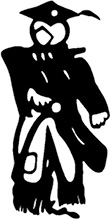
The Scarecrow Press, Inc.
Lanham Toronto Plymouth, UK
2012
Published by Scarecrow Press, Inc.
A wholly owned subsidiary of The Rowman & Littlefield Publishing Group, Inc.
4501 Forbes Boulevard, Suite 200, Lanham, Maryland 20706
www.rowman.com
10 Thornbury Road, Plymouth PL6 7PP, United Kingdom
Copyright 2012 by John S. Davis
All rights reserved. No part of this book may be reproduced in any form or by any electronic or mechanical means, including information storage and retrieval systems, without written permission from the publisher, except by a reviewer who may quote passages in a review.
British Library Cataloguing in Publication Information Available
Library of Congress Cataloging-in-Publication Data
Davis, John S., 1960
Historical dictionary of jazz / John S. Davis.
p. cm. (Historical dictionaries of literature and the arts)
Includes bibliographical references.
ISBN 978-0-8108-6757-4 (cloth : alk. paper) ISBN 978-0-8108-7898-3
(ebook)
1. JazzDictionaries. I. Title.
ML102.J3D38 2012
781.6503dc23
2012016422
 The paper used in this publication meets the minimum requirements of American National Standard for Information SciencesPermanence of Paper for Printed Library Materials, ANSI/NISO Z39.48-1992.
The paper used in this publication meets the minimum requirements of American National Standard for Information SciencesPermanence of Paper for Printed Library Materials, ANSI/NISO Z39.48-1992.
Printed in the United States of America
Contents
Editors Foreword
We all know where jazz comes from, namely African-American musicians who, in the early 20th century, began mixing or fusing various genres such as Blues and Ragtime, with its first major site being New Orleans. But, at that time, no one could have known where jazz would goand we still dont know today. It moved from New Orleans, where it is admittedly still big, to Chicago and New York in the north, and also to the West Coast, and on to Europe as well as Latin America, to say nothing of Japan. During this trajectory, it mixed with other trends, like Swing and Bebop, and assumed many forms, such as Traditional Jazz, Mainstream Jazz, Straight-Ahead, and Modal Jazz, among others. It proved attractive to an amazingly varied group of musicians, including and just to name a few, Jelly Roll Morton, Charlie Parker, Dizzy Gillespie, Miles Davis, and of course Louis Armstrong, but also George Gersh-win. It was often popular in the broader sense, but took on tinges of Classical music as well, and it enthused one generation after another of listeners, men, women, and children, of every age, class, and color, around the world. So, in some sense this is a moving target, and one that is hard to define simply and accurately. But that does not matter; jazz doesnt really care.



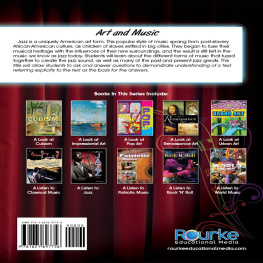
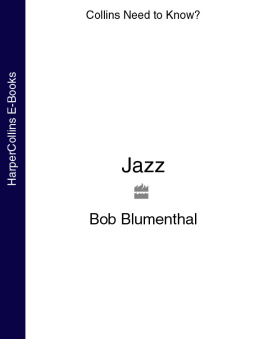
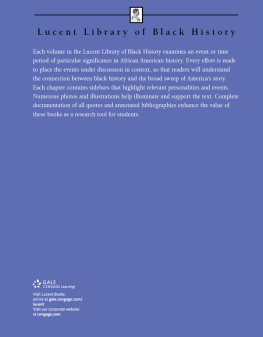
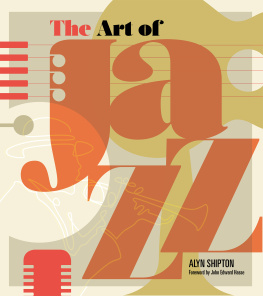
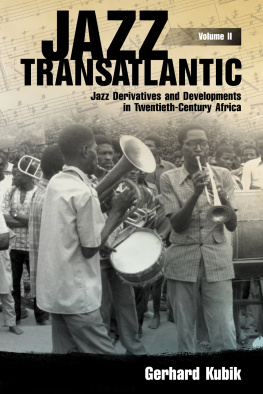
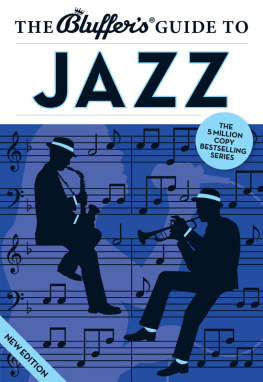
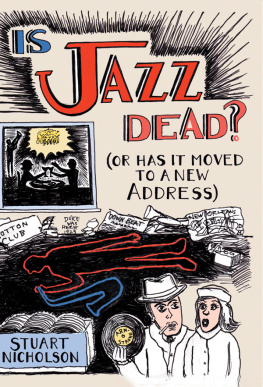



 The paper used in this publication meets the minimum requirements of American National Standard for Information SciencesPermanence of Paper for Printed Library Materials, ANSI/NISO Z39.48-1992.
The paper used in this publication meets the minimum requirements of American National Standard for Information SciencesPermanence of Paper for Printed Library Materials, ANSI/NISO Z39.48-1992.